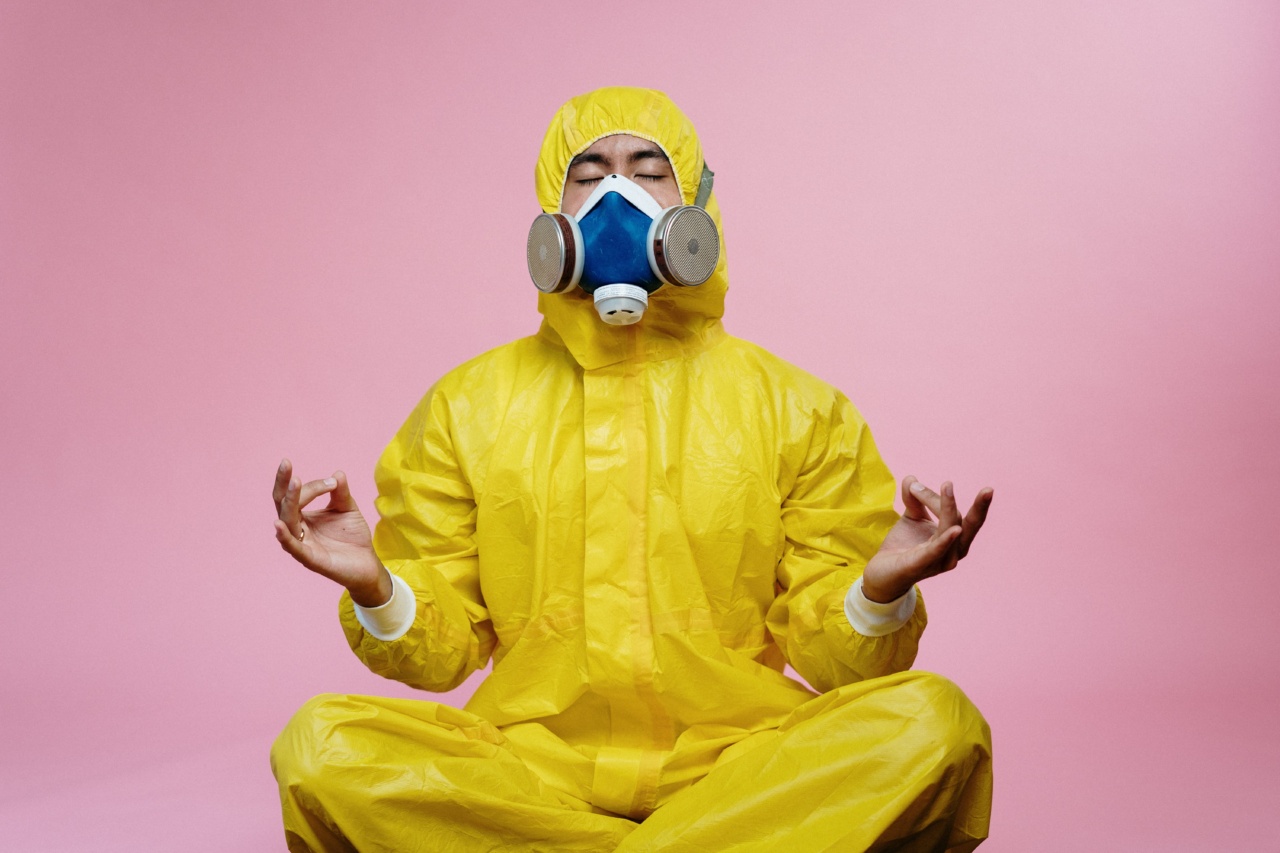Hypothermia is a medical condition that occurs when the body’s core temperature drops below 95 degrees Fahrenheit (35 degrees Celsius).
It typically happens in cold weather conditions when the body loses heat faster than it can produce it, causing the body’s temperature regulation system to fail. Hypothermia can be a life-threatening condition and requires immediate medical attention. Understanding the dangers of hypothermia and knowing how to prevent it are crucial for anyone spending time in cold environments.
How Does Hypothermia Occur?
When exposed to cold temperatures, the body tries to maintain its core temperature by constricting blood vessels to reduce blood flow to the extremities. This redirection of blood flow helps to keep the vital organs warm.
However, prolonged exposure to extreme cold or wet conditions overwhelms the body’s ability to generate heat, leading to hypothermia.
Hypothermia Symptoms
Recognizing the signs and symptoms of hypothermia is vital for early detection and prompt treatment. Some common symptoms of hypothermia include:.
- Shivering
- Slurred speech
- Weakness and fatigue
- Clumsiness and lack of coordination
- Confusion and memory loss
- Drowsiness
- Slow, shallow breathing
- Loss of consciousness
The Stages of Hypothermia
Hypothermia progresses in stages, each with distinct symptoms:.
Mild Hypothermia
In the early stages of hypothermia, the body temperature drops between 90-95 degrees Fahrenheit (32-35 degrees Celsius). Shivering intensifies, and the individual may experience increased heart rate, breathing difficulties, and a lack of coordination.
Moderate Hypothermia
As hypothermia worsens, the body temperature falls to 82-90 degrees Fahrenheit (28-32 degrees Celsius). Shivering may become more violent and eventually stop.
The person’s movements become slow and uncoordinated, and they may exhibit signs of confusion, slurred speech, and irrational behavior.
Severe Hypothermia
Severe hypothermia occurs when the body temperature drops below 82 degrees Fahrenheit (28 degrees Celsius). Shivering stops altogether, and the person may appear lifeless and unconscious.
Breathing and heart rate become slow and irregular, and the person is at high risk of cardiac arrest.
Prevention Tips for Hypothermia
There are several effective measures you can take to prevent hypothermia and ensure your safety in cold weather conditions:.
Dress Appropriately
Wear layered clothing to provide insulation and trap body heat. Start with a moisture-wicking base layer, add an insulating layer, and finish with a wind- and waterproof outer layer.
Don’t forget to protect your extremities with warm gloves, hats, and socks.
Stay Dry
Avoid getting wet as moisture significantly increases heat loss from the body. Choose waterproof outerwear and carry extra clothes in case you get wet or sweaty. If your clothes do get wet, change into dry ones as soon as possible.
Seek Shelter
In extremely cold conditions, find or create a sheltered area to protect yourself from wind and precipitation. A windbreak or a snug tent can provide much-needed insulation and prevent heat loss.
Stay Active
Moving your body generates heat, so keep moving to maintain your core temperature. Engage in activities that promote blood circulation, such as walking or jumping jacks.
However, be careful not to overexert yourself or sweat excessively, as wet clothes can accelerate heat loss.
Stay Hydrated and Nourished
Proper hydration and nutrition contribute to maintaining body temperature. Drink warm fluids regularly and eat high-energy, calorie-dense foods to provide fuel for heat production.
Avoid Alcohol and Caffeine
Alcohol and caffeine can impair the body’s ability to regulate temperature and increase the risk of hypothermia. Avoid consuming these substances when exposed to cold weather.
Check the Weather Conditions
Before venturing outdoors in cold weather, check the weather forecast and plan accordingly. Be prepared for sudden temperature drops or adverse weather conditions and adjust your activities as needed.
Use Heat Sources Properly
If using heat sources such as space heaters or fireplaces, ensure proper ventilation and follow safety guidelines to prevent carbon monoxide poisoning and fire hazards.
Be Aware of Medications
Some medications can make you more susceptible to cold weather or affect your body’s ability to generate heat. Consult with your healthcare provider about any medication concerns and how they may impact your cold weather tolerance.
Know the Signs and Act Promptly
Educate yourself and those around you about the signs and symptoms of hypothermia. If you or someone else exhibits any of the symptoms, take immediate action to prevent further heat loss and seek medical assistance.
Hypothermia Treatment
If someone is experiencing hypothermia, it is essential to take immediate action while waiting for medical help:.
Move to a Warm Environment
Transfer the person to a warm, dry place as soon as possible. If indoors, turn up the heat or use heaters to warm the room. If outdoors, find shelter and use blankets or sleeping bags to insulate the person from the cold ground.
Replace Wet Clothes
If the person’s clothes are wet, remove them and replace them with dry layers or blankets. It is crucial to remove wet clothing to prevent further heat loss.
Wrap in Warm Blankets
Wrap the person in warm blankets or use your own body heat to warm them. Focus on insulating the head, neck, chest, and groin areas, as these areas are vital for heat retention.
Offer Warm Liquids
Provide warm, non-alcoholic and non-caffeinated fluids to help raise the person’s body temperature. Avoid offering hot liquids as they can burn the person’s mouth and throat.
Seek Immediate Medical Assistance
No matter how mild or severe the hypothermia, it is crucial to seek medical assistance promptly. Hypothermia is a medical emergency, and professional medical intervention is necessary.
Conclusion
Hypothermia is a potentially life-threatening condition that can occur in cold weather conditions. Understanding its dangers and knowing how to prevent it is crucial for everyone spending time in cold environments.
By dressing appropriately, staying dry, seeking shelter, staying active, and taking other preventive measures, you can significantly reduce the risk of hypothermia. Additionally, being aware of the symptoms of hypothermia and knowing how to respond promptly can save lives and prevent further complications. Stay safe and enjoy cold weather activities with the knowledge and preparedness to prevent hypothermia.































